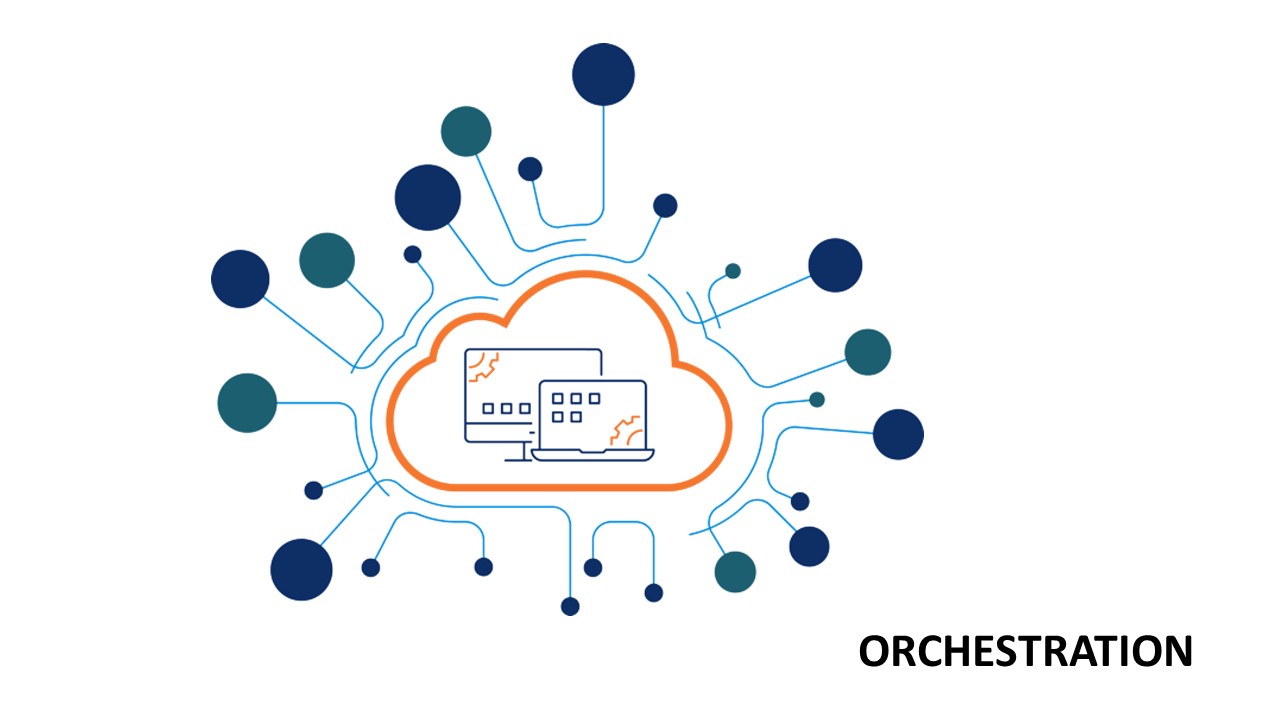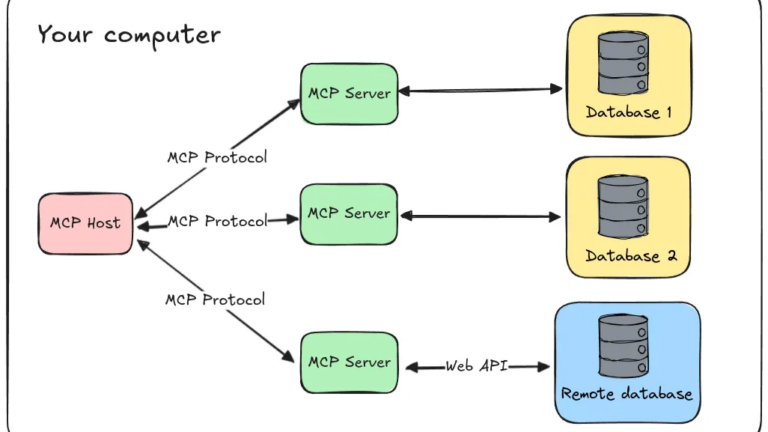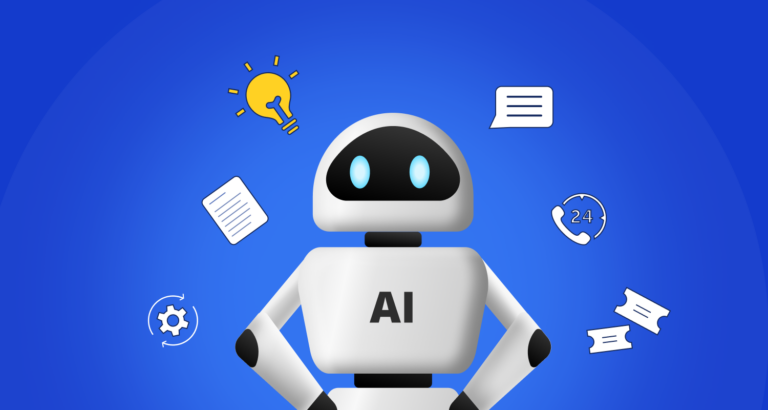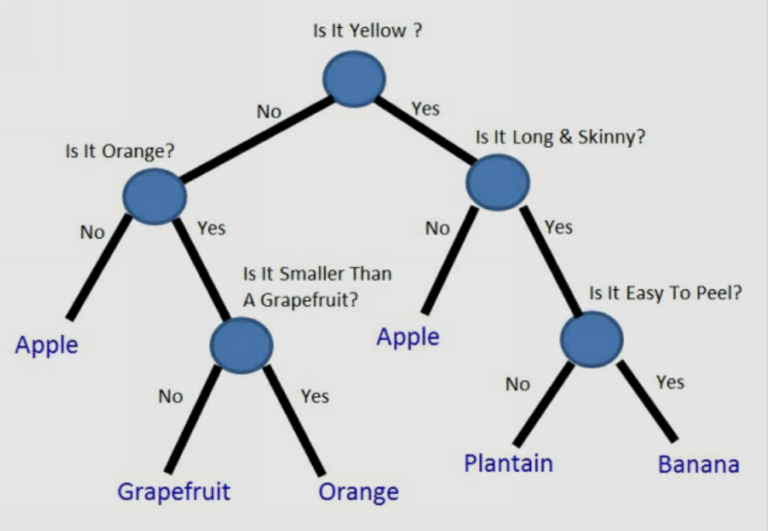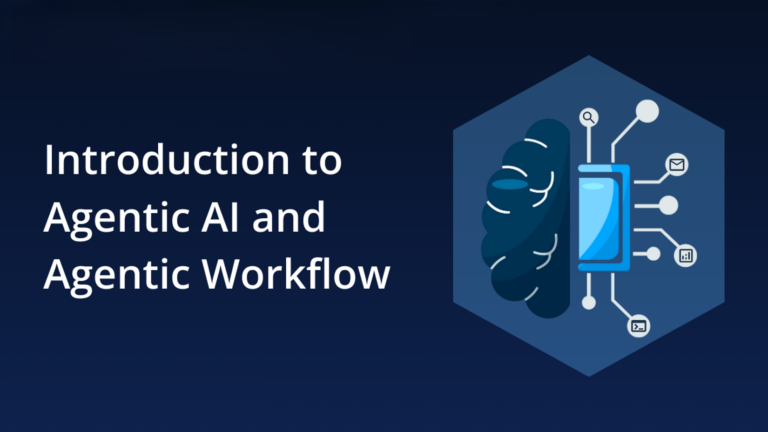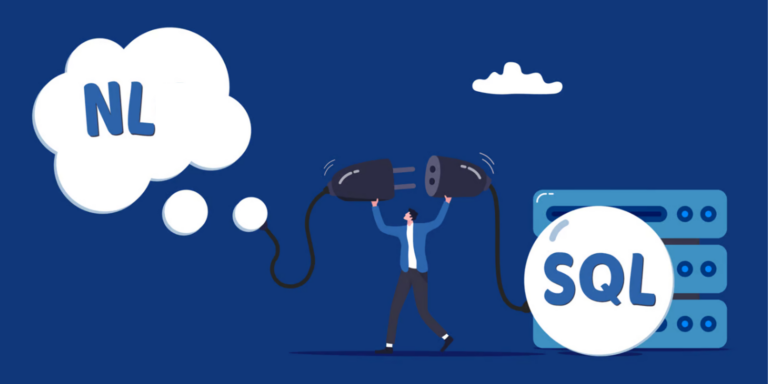The Future of AI Orchestration: Harmonizing Intelligence for Impact
Artificial intelligence (AI) is reshaping industries, but its true power lies in how it’s managed. AI orchestration—the art of coordinating complex AI systems—has emerged as a critical solution for businesses aiming to harness intelligence at scale. Let’s explore what AI orchestration entails, its benefits, and its real-world potential.
What Is AI Orchestration?
Imagine a bustling orchestra where every musician plays a different tune without a conductor—chaos ensues. Similarly, modern organizations often grapple with fragmented AI tools, datasets, and workflows. AI orchestration steps in as the conductor, unifying data pipelines, machine learning models, and human expertise into a streamlined operation. It’s about ensuring that every component, from data preprocessing to model deployment, works in harmony. This approach transforms disjointed AI efforts into a symphony of efficiency and insight.
Why It Matters: The Benefits of Orchestration
The rise of AI has brought complexity. Teams juggling multiple models across departments face inefficiencies, redundancies, and scaling woes. AI orchestration tackles these challenges head-on. First, it boosts efficiency by automating repetitive tasks like resource allocation or model retraining, freeing up time for innovation. Second, it enables scalability—whether you’re running one model or a hundred, orchestration adapts to growing demands without breaking a sweat. Finally, it strengthens governance. With built-in monitoring, it tracks performance, mitigates biases, and ensures compliance, fostering trust in AI-driven decisions. In short, orchestration turns AI from a scattered toolset into a strategic powerhouse.
Real-World Applications
AI orchestration is already proving its worth across sectors. In logistics, companies like DHL use it to integrate real-time data with predictive models, optimizing delivery routes and cutting costs. In healthcare, orchestration powers systems that analyze patient data, flag anomalies, and suggest treatments—all while ensuring regulatory adherence. Even in marketing, it enables personalized campaigns by syncing customer data with AI-driven insights. These examples highlight how orchestration amplifies AI’s ability to solve complex problems with precision and speed.
Challenges and the Path Forward
Adopting AI orchestration isn’t seamless. It demands robust platforms—like Kubernetes for workflow management or IBM’s Watson Orchestrate for enterprise-grade solutions—plus skilled teams to implement them. Cultural resistance to centralized systems can also slow progress. Yet, the rewards outweigh the hurdles. As AI becomes integral to business success, orchestration offers a competitive edge, blending automation with human oversight to drive smarter outcomes.
Looking Ahead
AI orchestration is more than a technical fix—it’s a mindset shift. It’s about seeing AI not as a standalone tool but as part of an interconnected ecosystem. As of March 16, 2025, with AI adoption accelerating, businesses that master orchestration will lead the charge. By aligning technology with purpose, they’ll unlock new possibilities, from sustainable operations to groundbreaking innovations. In this AI-driven future, orchestration isn’t just an option—it’s the key to thriving.

